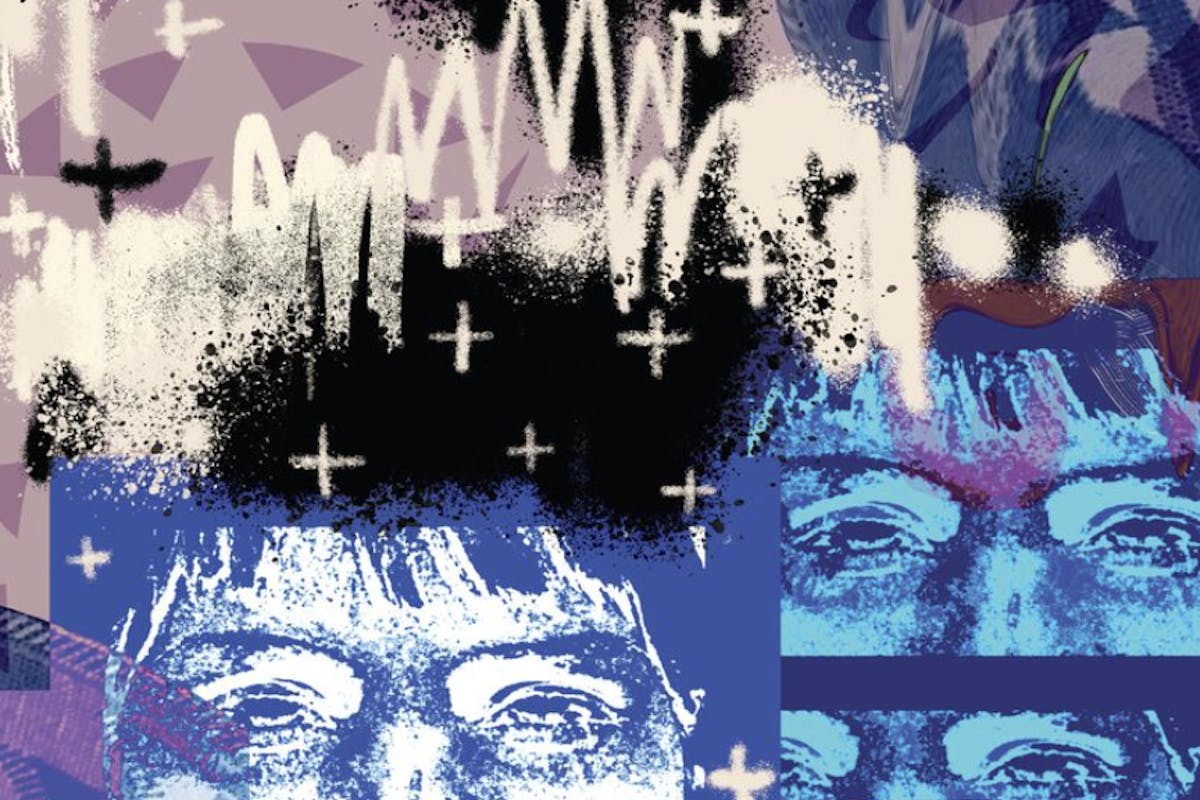‘New Voices, New Visions’: UCLA cinema series spotlights today’s Indigenous filmmakers

In recent years, a new generation of Indigenous filmmakers has exploded onto the scene, producing thought-provoking and genre-defying works that draw on their personal and intergenerational experiences and use the moving-image medium to tell stories in creative new ways.
From June 2 to 18, the UCLA Film & Television Archive and the UCLA American Indian Studies Center will celebrate the vision of these artists with “Imagining Indigenous Cinema: New Voices, New Visions,” a survey of contemporary Indigenous film and video featuring — and programmed by — some of the most exciting and innovative Indigenous artists working today.
More than 40 short and feature-length works will be screened over nine nights spanning three weekends at the Billy Wilder Theater at the Hammer Museum in Westwood and at the Vidiots theater in Eagle Rock, complemented by panel discussions and in-person conversations with filmmakers like Fox Maxy (June 2 and 4), Christopher Kahunahana (June 3), Blackhorse Lowe (June 3) and Sky Hopinka (June 18). All showings are free to the public. This project was made possible with support from the Hollywood Foreign Press Association and California Humanities, a nonprofit partner of the National Endowment for the Humanities.
“By crafting narratives that center their own stories, cultures and experiences, and by experimenting with unconventional modes of filmmaking, today’s Indigenous filmmakers are offering new ways of resisting dominant representations and are actively working towards decolonizing the medium,” said May Hong HaDuong, director of the Archive, a division of UCLA Library.
“Breaking against colonial notions of storytelling, land, placement and forms of joy, ‘Imagining Indigenous Cinema’ brings audiences a comprehensive portrayal of the varied identities and cultures that exist within Indigenous communities,” she said.
In crafting the series’ comprehensive approach, the Archive partnered with curators Anpa’o Locke and Colleen Thurston, and drew on the expertise of staff and faculty at UCLA’s American Indian Studies Center. “We appreciate the efforts the Archive has made to engage with Indigenous curators, scholars, the staff at our center and filmmakers,” said the center’s director, Shannon Speed, an Indigenous professor of American Indian studies, gender studies and anthropology at UCLA.
The series kicks off June 2 with “Gush” (2023), Fox Maxy’s new feature, which uses documentary footage, television clips, animation and other formats to explore themes of self, friendship and trauma, and continues on June 3 with Christopher Kahunahana’s “Waikiki” (2020), a surrealist exploration of trauma in a post-colonial Hawaiian society, and Blackhorse Lowe’s “Chasing the Light” (2016), a dark comedy about American Indian urban life. The June 4 program includes four short, conceptually innovative Fox Maxy films featuring a dynamic variety of visual and audio elements, including lo-fi camcorder footage, iPhone recordings, archival images and contemporary music.
On June 9, the series highlights works by Adam and Zack Khalil of the Ojibway community of Sault Ste. Marie in Michigan, including three shorts and the feature “INAATE/SE” (2016), an experimental documentary that critiques museum culture and settler-colonial imperialism. The weekend continues with a focus on the Khalils and their collaborators: June 10 features several shorts, plus the feature-length “Empty Metal” (2018), an experimental faux-documentary about activist groups who aim to start a revolution against the U.S. government, and the June 11 screening spotlights shorts that examine the institutional policies and scientific imperialism that have shaped the Indigenous American experience.
The series’ final weekend starts with a June 16 lineup featuring “Love and Fury” (2020), a documentary by Sterlin Harjo, co-creator of the TV series “Reservation Dogs,” that follows several Indigenous artists in their careers, and two shorts by Indigenous creators. A program of shorts by a variety of Indigenous artists follows on June 17, many taking a nonlinear approach to storytelling and touching on topics of Indigenous existence and resistance, from the reclamation of traditional matriarchal ceremonies to the activism of poetic expression and depictions of eternal love. The series culminates June 18 with an evening dedicated to the films of Sky Hopinka that includes five shorts exploring memory, language and place.
“We’re excited to share this series, which highlights the emergence of a new era of Indigenous cinema — one that focuses on reclaiming Indigenous narratives and stories through increased visibility,” said the series’ Indigenous co-curators, Locke and Thurston. “These films and video works challenge colonial frameworks and embrace raw authenticity while expanding Indigenous storytelling into a realm of radical freedom of expression.”
The series has been guided by an all-Indigenous group, including humanities advisor Adam Piron, who directs the Sundance Institute’s Indigenous program, and an advisory committee made up of Maya Rose Dittloff, Patricia Gomes, Aiko Little, Gabrielle Norte and Emma Robbins.
In tandem with the past decade’s proliferation of accessible technologies, Indigenous artists have been able to push aesthetic boundaries, experiment and filter their culturally specific perspectives into increasingly personal filmmaking,” Piron said. “This survey not only provides the latest developments but is also a celebration of Indigenous artists creating work on their own terms.”
Screenings will also be livestreamed when possible. For all program details and admission information, visit cinema.ucla.edu. Schedules and speakers are subject to change.

